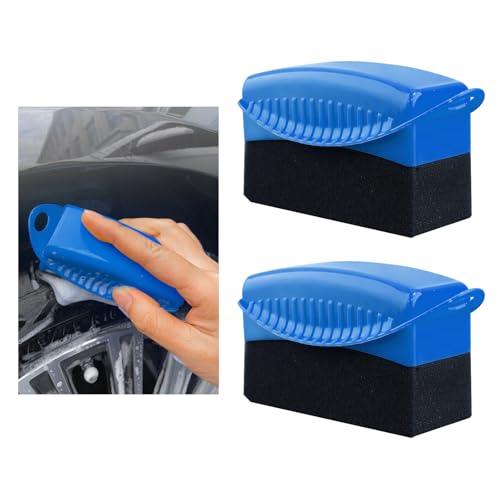I recently had a 'panic moment' on a steep incline. Not towing or anything, but (having previously owned a Tucson 4X4 which would go anywhere) I had reverse-parked down a fairly, but not excessively steep incline, thinking driving out would be a breeze. How wrong was I? When I tried to leave, I did the classic 'handbrake start' i.e. holding it on the handbrake to stop it rolling backwards further down the hill and releasing when ready to go. But would it go? Nope. All I could hear was the whine. I tried every option I could thinkof - 4WD lock, save & charge options to run the ICE but she wouldn't budge - and something started to smell a bit 'hot'. And this is when the panic set in. It was a remote location with no mobile phone coverage - that's why I was there, installing a TooWay satellite Internet system. So no chance of phoning for assistance, not that they'd have found me anyway!
Fortunately there was a bit more hill behind me which flattened out, round a corner & behind a shed. I nervously (because there was a near sheer drop to the other side) rolled back and took a run at it, got further up but it still stalled. It was third time lucky. After unloading maybe about 100kg of gear I took it right round the bend and floored it up the hill and just made it. (Then had to carry the gear up the hill)
Seriously, this did not feel like a 200HP car, the old '04 Tucson diesel (101HP) would have knocked spots off it!


































